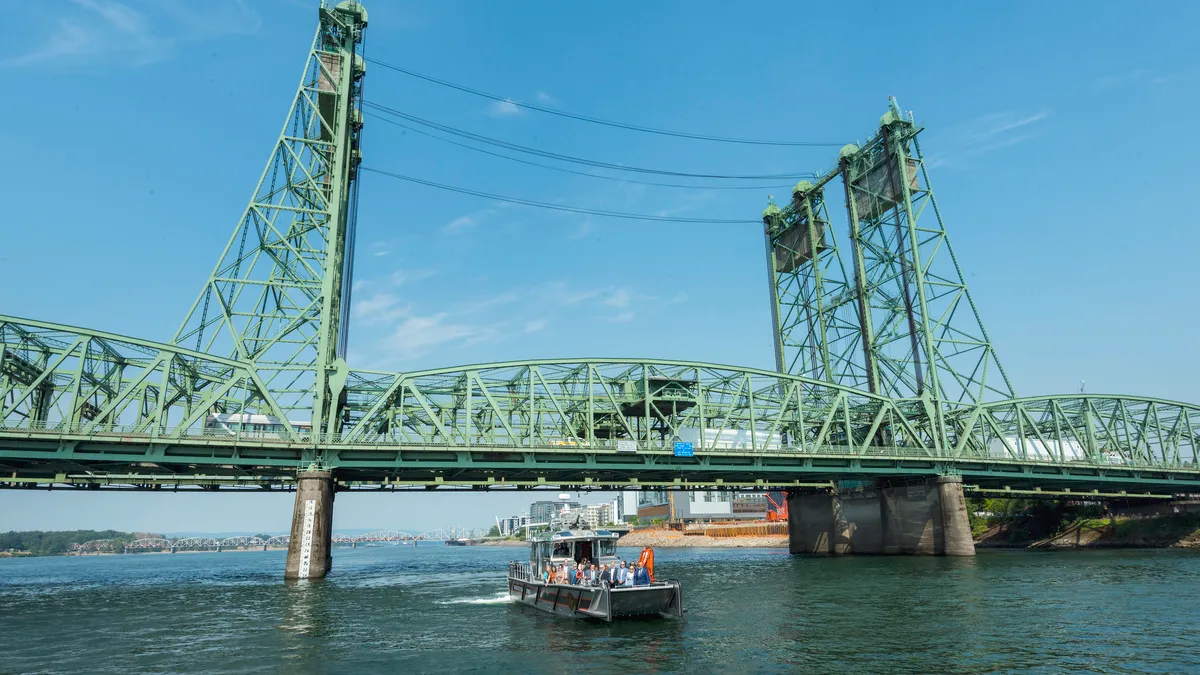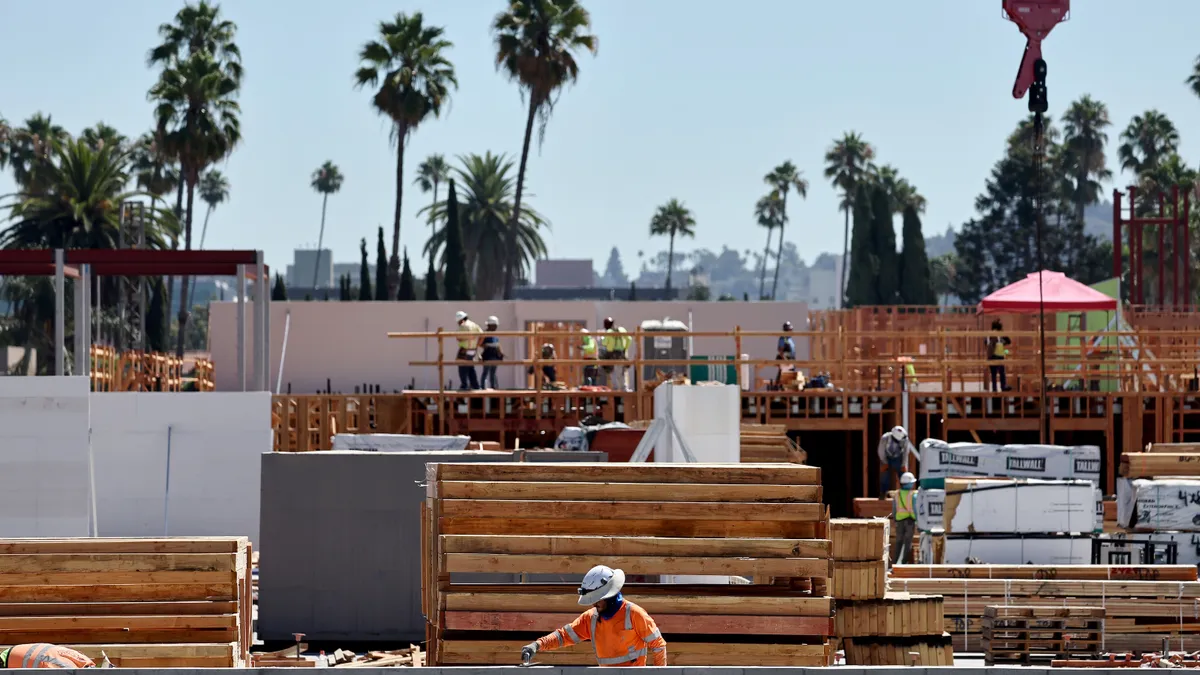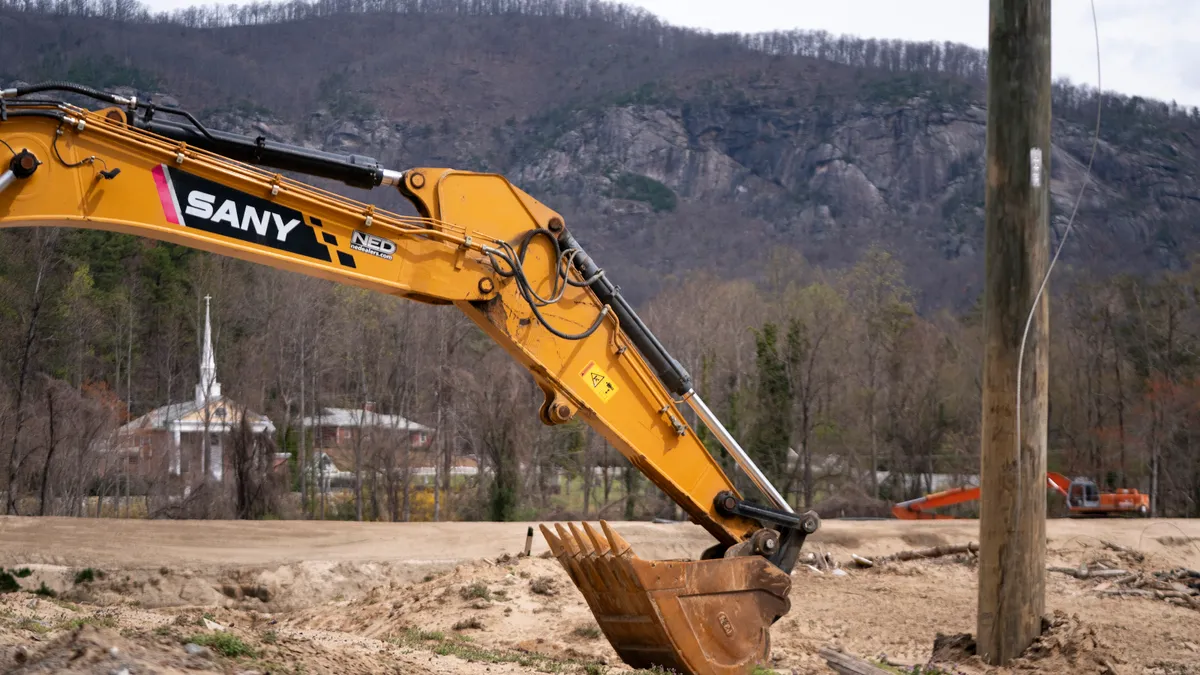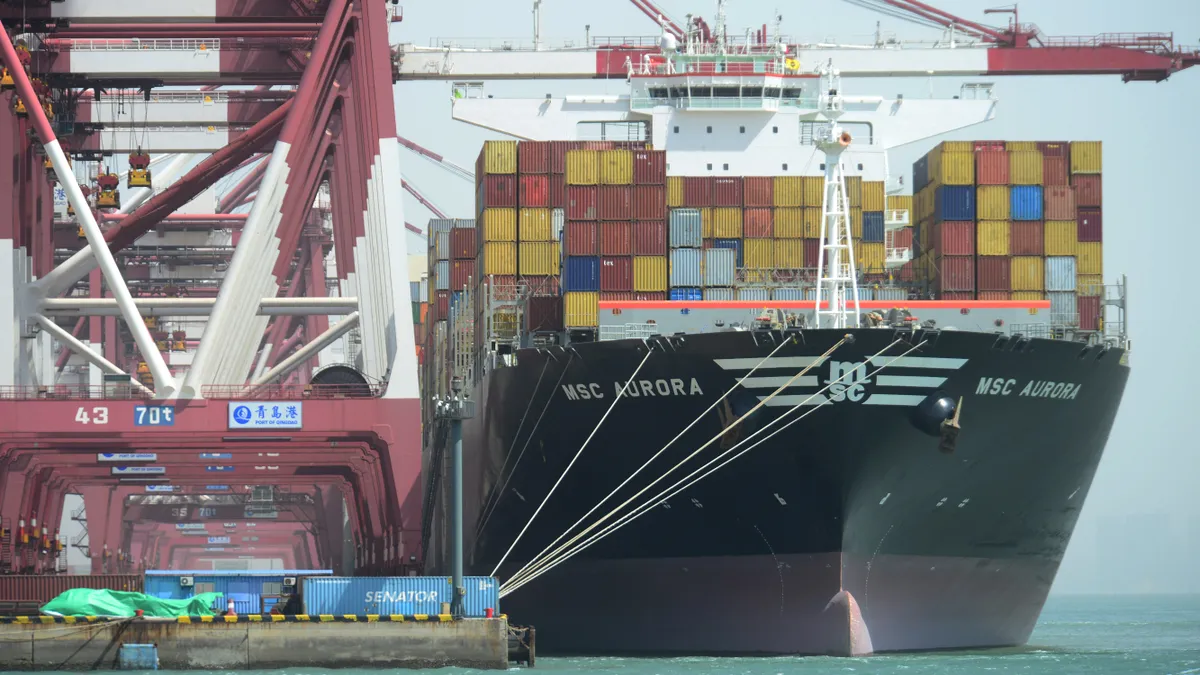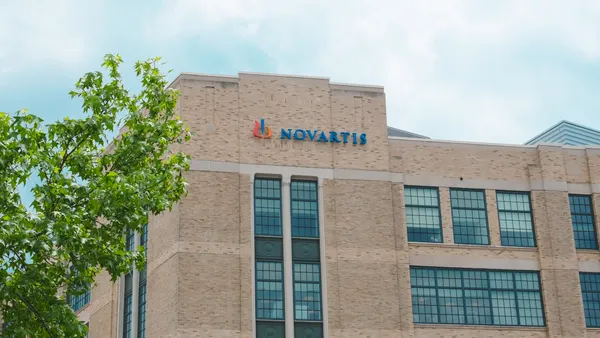Brian Gallagher is vice president of corporate development at Oakbrook Terrace, Illinois-based contractor Graycor. Opinions are the author’s own.
The cost of building has never been more volatile. Tariffs on key construction materials like steel, aluminum and lumber are driving up project budgets across the country, compounding inflationary pressures already present in a post-pandemic economy.
While headlines often focus on housing and infrastructure, the commercial real estate sector — particularly industrial and manufacturing construction — is feeling these cost increases acutely. These dynamics are not just squeezing budgets; they’re fundamentally altering how deals are structured, how risk is evaluated and how projects are executed.
As total development costs rise, the risk profiles of many projects are changing — prompting a reaction from lenders. Higher construction budgets often mean borrowers need more capital, either in the form of increased debt or additional equity. For lenders, this shifts key metrics like loan-to-cost and debt-service coverage ratios, especially in tighter-margin projects.
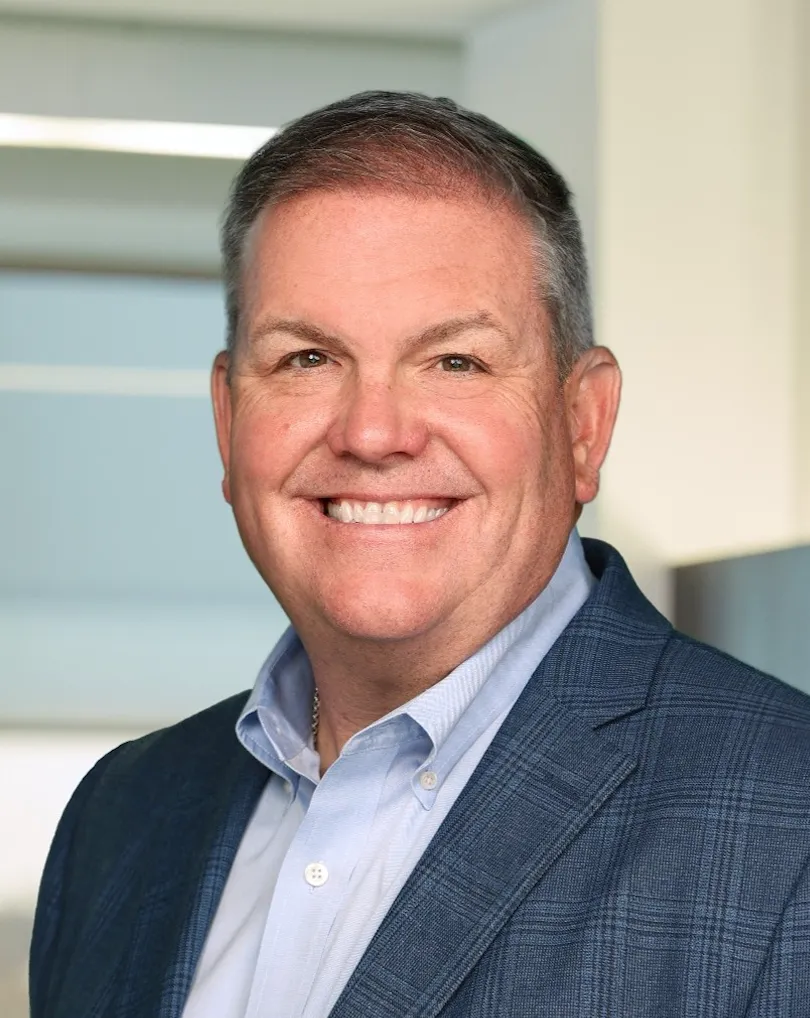
In response, financial institutions are adjusting their underwriting models. Many are requiring more detailed cost escalation strategies, larger contingency budgets and earlier confirmation of contractor pricing.
In some cases, lenders and investors are having greater influence over the design and construction firm selection process. Some projects are seeing delayed closings or restructuring of deal terms, as initial pro formas no longer “pencil out” under the pressure of higher inputs.
Escalating costs are reshaping the capital stack altogether. Lenders are becoming more conservative, while equity investors are being asked to absorb greater upfront risk, particularly for new developments in uncertain markets.
Timing and cash flow
Another major impact of material cost volatility is the way it affects construction cash flow. With long-lead materials like structural steel, mechanical equipment and electrical gear experiencing both cost and supply chain pressures, developers are front-loading their procurement timelines.
Materials that may have once been ordered mid-project are now being purchased as early as possible to lock in pricing and ensure availability.
This shift compresses draw schedules and requires more liquidity upfront, altering the traditional capital flow of a project. For industrial and manufacturing projects — where materials are heavy, specialized and sourced globally — this effect is magnified.
Carrying costs increase, and working capital must stretch further and earlier. If developers aren’t strategic in managing cash flow, one project’s acceleration can jeopardize the broader portfolio’s liquidity.
Strategic adjustments
The development community is rapidly adapting with more sophisticated risk management strategies. One increasingly common approach is early contractor involvement — bringing construction teams into the design phase to help identify risks, recommend materials and lock in pricing sooner. Preconstruction is no longer viewed as a planning step, but as a vital tool for financial control and project viability.
Developers are also leaning heavily on collaborative delivery models like design-build and construction manager at risk, which encourage alignment between design, cost and schedule from the outset. Guaranteed maximum price contracts with built-in escalation clauses to hedge against future material spikes are becoming more common as a means of sharing and limiting exposure.
Procurement strategies are also evolving. Some owners are warehousing materials, purchasing early and storing on or offsite to ensure both cost and schedule certainty. This tactic, while requiring upfront capital and storage planning, is proving effective in volatile commodity environments.
Sectors at risk
Not all market sectors are equally exposed. Industrial, manufacturing, data centers and life sciences developments typically operate with higher return expectations, allowing them to absorb increased costs more effectively. Their value proposition — proximity to logistics corridors, production capacity or mission-critical operations — may justify the added investment.
Speculative office, retail and hospitality projects, however, often operate with tighter margins and less predictable demand. These sectors are seeing greater delays, cancellations or shifts toward renovation and repositioning rather than new construction.
As investors seek more predictable outcomes, projects with flexible designs and proven delivery partners are seeing stronger support.
A new new normal
Developers are increasingly viewing early contractor collaboration as essential to success. Locking in pricing and project teams, identifying risks early and modeling project feasibility during preconstruction allows teams to move forward with greater confidence, even in a volatile cost environment.
Investors, meanwhile, are drawn to opportunities with built-in flexibility. Projects that allow for scope adjustments, phasing or substitution of materials can better navigate uncertain markets. Many are also shifting capital from new development to renovation of existing assets, where fewer materials are required and timelines are shorter.
The question of how long these cost pressures will last remains unanswered. Much depends on national and international trade policy, including the direction of tariffs and geopolitical relationships. Domestic efforts to boost manufacturing capacity — especially for steel, electrical equipment and concrete products — may offer relief, but those solutions are long-term.
In the short term, construction and development professionals must operate with agility. That means strategic procurement, diversified supply chains, strong contractor relationships and financial models that can absorb more front-end risk.
The industry is evolving. Rising material costs due to tariffs are not simply a budgetary concern — they’re a structural shift in how commercial projects are conceived, financed and delivered. For those who adapt quickly and build resilient partnerships, this disruption presents not just a challenge, but an opportunity to lead.






